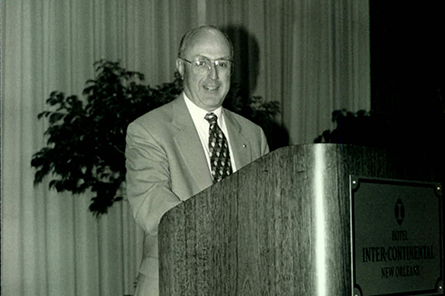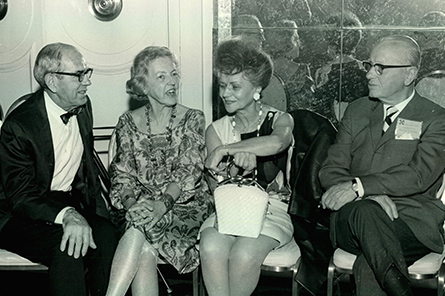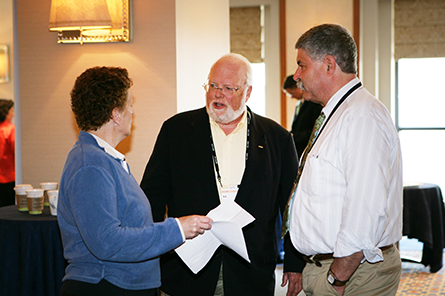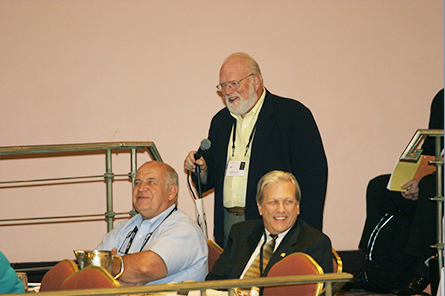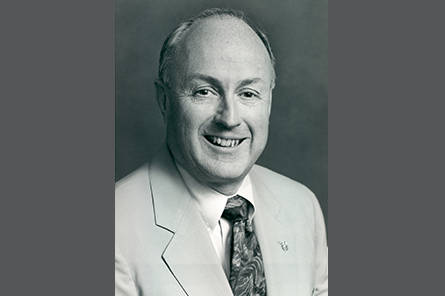Connecticut
Law Passed: 1933 • Joined NCARB: 1934 • Region 1—New England (1964)
The Components of Licensure
Education
1933: Graduation from an approved four-year high school is required.
1949: Graduation from an accredited architecture program or completion of five additional years of experience is required.
1988: A degree from a NAAB-accredited program is required.
Experience
1949: Eight years of experience or its equivalent, three of which must be under the direct supervision of a registered architect, are required.
1988: The IDP is required.
Examination
1933: Applicants must pass an examination, unless they hold a degree from an approved architectural school or are registered as an architect in any other state with equal qualifications.
1988: The ARE is required.
Noteworthy
In 1949, the board refined requirements for architectural registration requiring eight years “adequate or practical experience,” which could include five years attributed to attending an accredited architecture school thus establishing the three-part qualifications—education, experience, and examination.
Notable People
NCARB President
1996: Richard W. Quinn, FAIA (Glastonbury)
Additional Members of the NCARB Board of Directors
1968-72: Andrew S. Cohen, FAIA (Waterbury)
1986-89: Anthony Masciarelli (Stamford)
1996-98: Allan J. Dehar, FAIA (New Haven)
First Chairman/President
1933: Everett V. Meeks, FAIA (New Haven)
First Board Members
William F. Brooks (Hartford)
Edward B. Caldwell (Bridgeport)
First License Issued
1933: Everett V. Meeks, FAIA
